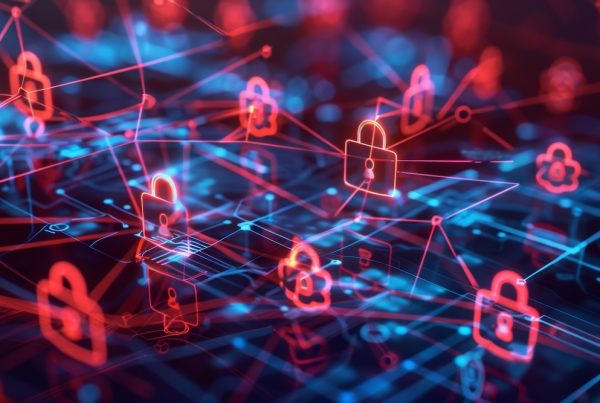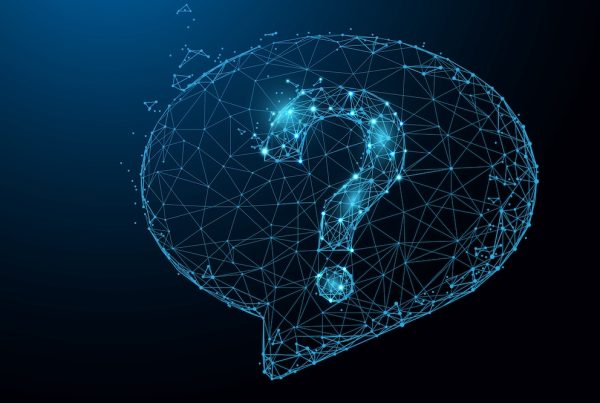Keeping your business secure is getting tougher by the day. With hackers getting smarter and attacks becoming more sophisticated, staying protected isn’t just about having a good antivirus anymore. In 2025, companies will be dealing with everything from AI-powered attacks to quantum computing threats, and the cost of getting it wrong has never been higher.
Whether you’re running a small business or managing security for a larger company, here are the trends you need to know about to keep your company safe as cyber threats continue to evolve.
1. AI-Powered Threats and Defenses Will Dominate: By 2025, the escalation of AI in cyberattacks will reach new levels. Autonomous hacking systems will conduct rapid, adaptive, and highly personalized attacks, making traditional defenses obsolete. Businesses will rely heavily on AI-driven security tools capable of proactive threat detection and autonomous mitigation. The focus will shift from reactive responses to predictive cybersecurity, powered by real-time data analysis.
2. Quantum-Safe Cryptography Becomes Critical: The dawn of practical quantum computing is closer than ever, prompting a major shift in encryption standards. Preparing for potential “harvest now, decrypt later” strategies from attackers, businesses will accelerate the adoption of quantum-safe cryptographic methods to secure sensitive data against future quantum-powered breaches.
3. Zero-Trust Architecture as the Default Standard: In 2025, zero-trust frameworks will solidify their place as the foundational security model for businesses. The “never trust, always verify” approach will be embedded across networks, with granular access controls and continuous monitoring applied to every user and device—regardless of location or organizational role.

4. Supply Chain Security Goes High-Tech: The supply chain remains a significant point of vulnerability. As cyberattacks on third-party vendors and software providers grow, blockchain-enabled systems and AI-powered monitoring tools will redefine supply chain security. These technologies will provide end-to-end visibility and ensure integrity across development and distribution channels.
5. Human-Centric Security Solutions Evolve: In 2025 businesses will place greater emphasis on mitigating the human element of cybersecurity risks. Next-generation security awareness training will leverage technologies like augmented and virtual reality, creating immersive and behavior-specific learning experiences. The goal is not only to educate but to adapt training dynamically to each user’s unique risks and habits.
6. Biometric Authentication Reaches New Heights: Multimodal biometric systems are expected to play a much larger role in authentication by 2025, complementing or even replacing traditional passwords in many industries. Advances in privacy-preserving biometric encryption will ensure that data from facial recognition, voice patterns, and even heartbeat rhythms remains secure. With these developments, biometric systems will balance robust authentication with data protection to address privacy concerns.
7. Global Regulatory Pressure Tightens: Privacy and security regulations will grow stricter as governments worldwide respond to escalating cyber threats. Businesses will invest heavily in Privacy-Enhancing Technologies (PETs) that enable data analytics while adhering to compliance standards. The ability to demonstrate robust privacy measures will become a competitive advantage in 2025.
8. The Rise of Resilient Systems: Organizations will prioritize building resilient systems designed to adapt and recover from attacks. Cybersecurity strategies in 2025 will emphasize business continuity, incident response planning, and automated remediation tools. These capabilities will be critical as attacks become increasingly disruptive and sophisticated.
Looking to the Future
As we move further into 2025, the cybersecurity industry continues to adapt to emerging threats and technologies. Success in this new landscape requires a holistic approach that combines cutting-edge technology with human expertise and robust governance frameworks.
Organizations that thrive will be those that embrace adaptive security architectures, prioritize privacy by design, and maintain agility in their security strategies. The future of cybersecurity isn’t just about defending against threats – it’s about building resilient systems that can evolve alongside them.



